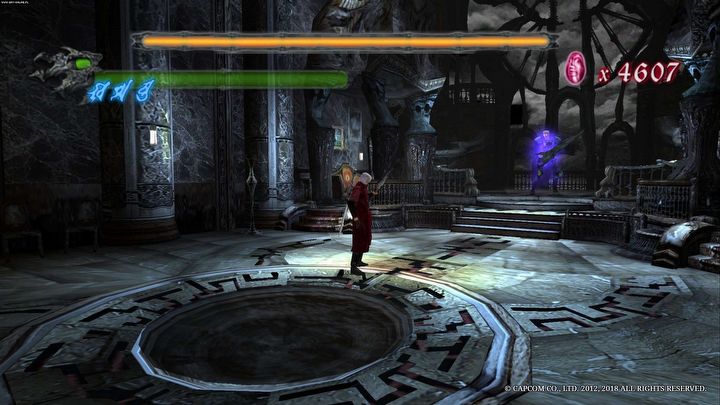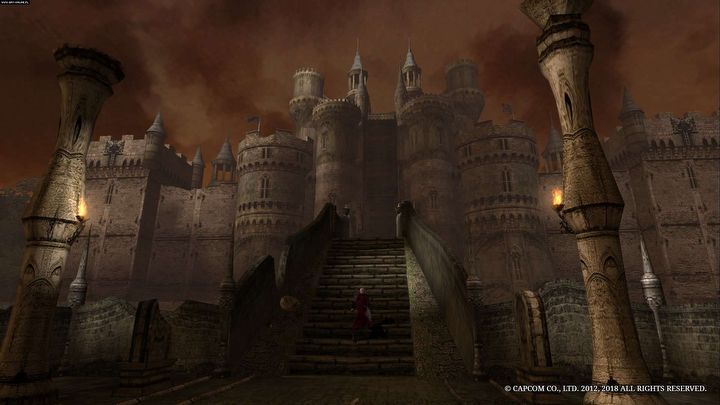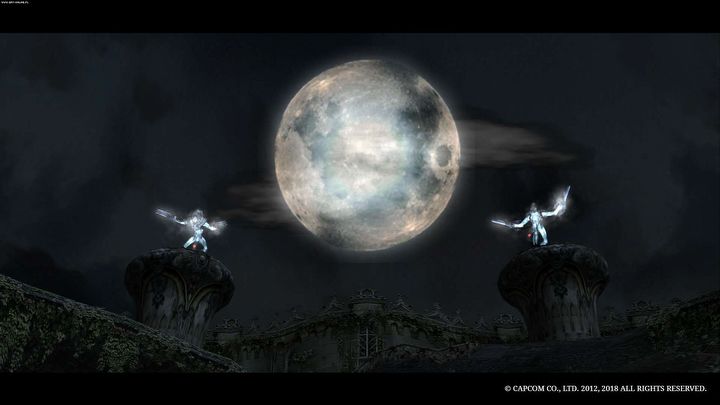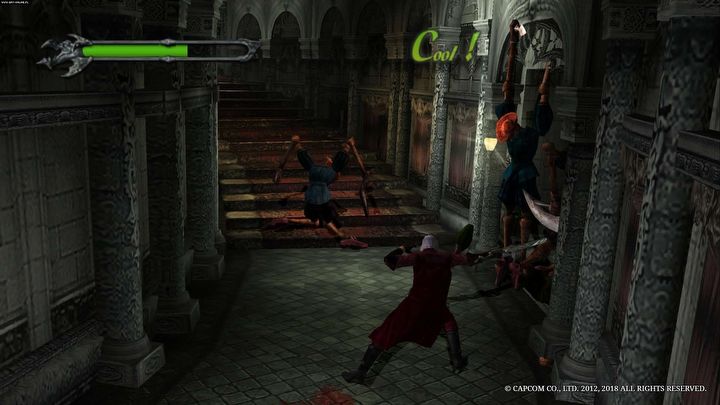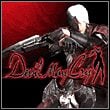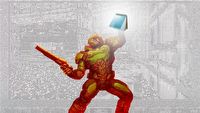After 21 Years, I'm Having Even More Fun With Original DMC
I returned to Devil May Cry and was positively surprised. I previously thought the game was 'good' – now, I understand it's a groundbreaking masterpiece for me. And that's 21 years since launch.
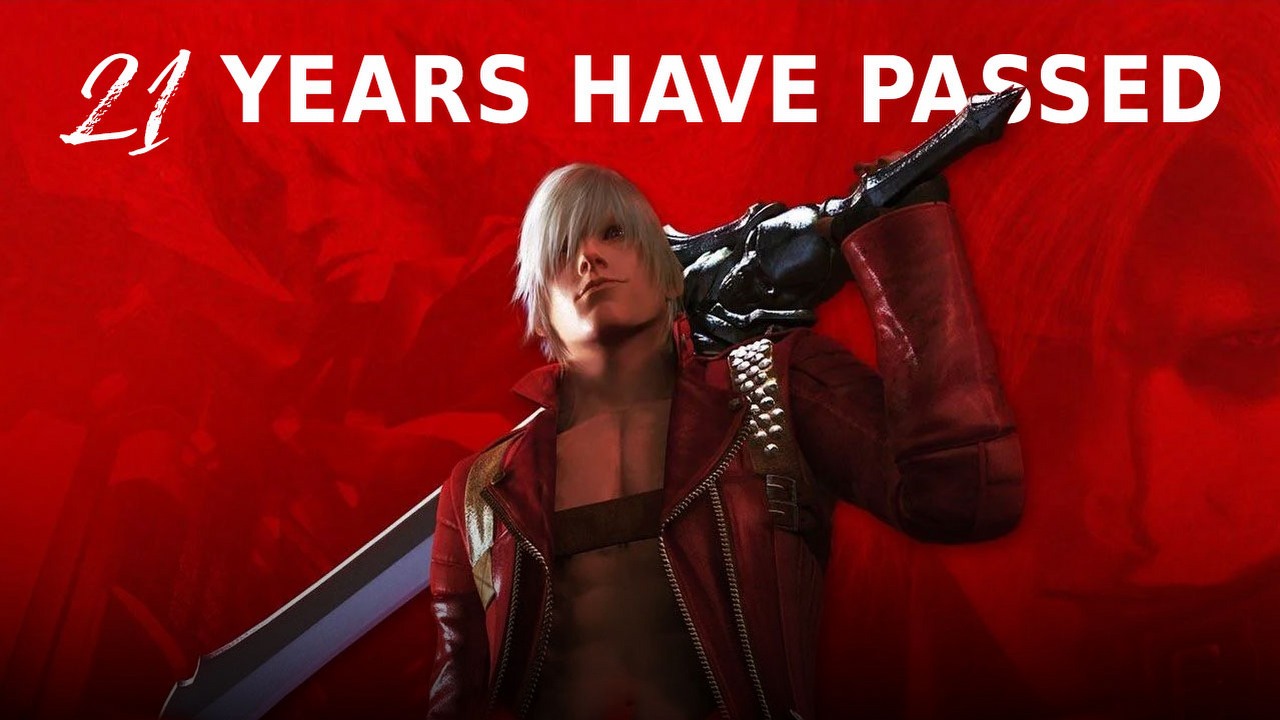
The original Devil May Cry turns 21 – Dante made his debut early in the era of PS2. That was three entire generations ago, with the fourth one already well underway. Two decades is a long time from a technological standpoint and huge changes have occurred in the gaming industry in the meantime. Many series were born, and many have died. We have witnessed the emergence and passing of various trends. Devil May Cry, although a bit rough today, is still an undeniably stylish game that made a great contribution to the development of modern virtual entertainment. Capcom cooked up an adventure that immediately became iconic.
This doesn't surprise us. Devil May Cry is a synonym of style – one glance is enough to confirm that. This game in all its essence is all about being cool – it cannot be mistaken for anything else. The design of the main character itself makes the intent of the designers of the demon hunter extra clear. The characteristic red coat, white hair, great sword and indispensable Ebony and Ivory pistols – Dante has a haughty, swashbuckling disposition and he immediately entered the pantheon of the most recognizable and charismatic characters from video games.
There's some great craftsmanship in the fast-paced, rhythmic gameplay, focused on spectacular action, which is rated in terms style and allows you to juggle opponents in the air. Back in the day, it impressed with extraordinarily smooth combination of individual actions and spectacular animations of the extremely agile Dante. Its phenomenon is also that the player feels naturally motivated and determined not only to cope with the sophisticated challenge, but also to do it in style. It's all about being "cool," performing spectacular acrobatics with the use of available tools.
Dante must die
I wasn't planning on returning to Devil May Cry, but the opportunity came when an editorial colleague nettled my ambition. So, launched this classic once again – this time with the attitude to completely max out the game. Archaisms in a game that's 21 years old? Sure, there's some, but after about five minutes I was totally able to shrug them off in face of what seemed more important – addictive and still incredibly playable gameplay full of sense of power.
I've always been a fan of the original Devil May Cry, but until recently I used to complete it mostly in blissful ignorance – just having a good time with one of my favorite heroes. I only fully appreciated the game recently. Sweating during the first playtrhough on Dante Must Die difficulty to complete it in two hours, I learned all the nooks and crannies of the game by heart.
I remember that the third encounter with Nelo Angelo is one of my favorite fights to date. The climactic showdown with the mysterious rival takes place in dark hall of a dilapidated castle. The room is gently illuminated by lightning coming through the large window. The drama is enhanced by a great music theme and the fact that the fight is really long on the highest difficulty level, and a single mistake can cost you everything. There's some excellent philosophy behind the game and the way the learning curve is designed – this spectacular duel tests the player and requires them to use everything they have learned.
It is impossible to describe the pleasure felt during this marathon – it gave me much more than the gameplay of any
of this year's releases. I paused for a longer time, seeing more clearly how individual components perfect harmonize. Combat is still working perfectly, the unmistakable atmosphere slays, and the great gameplay loop completely absorbs you and motivates going through the game. Two decades after launch, Devil May Cry made me even more impressed. It must surely have taken eccentric and brilliant minds to create a system that stands the test of time for so long.
It's impossible not to appreciate the merits of Devil May Cry and the impact it has had on the industry. This is the work of authors with experience, talent and – perhaps – above all luck. Some time ago, they managed to redefine action adventure games. They created the scaffolding upon which countless clones and many follow-ups were later created (including one using The Halloween Town licensing!). So, the legacy of Dante can be traced all the way to, for example, God of War. Developers are still inspired by this Capcom's achievement, and Bayonetta is, after all, a direct evolution of this classic idea.
A gothic waking nightmare
I have a weakness for PS2-era semi-realism, which is able to stand the test of time in a phenomenal way. Let me illustrate this statement with the example of the phenomenal Silent Hill 3, which still looks absolutely insane, if only because of the great character models – especially faces! The first Devil May Cry may not be such a technological miracle, but I still consider it an audiovisual masterpiece that's difficult to take your eyes off. This game perfectly captured a very specific moment in the industry from the beginning of the PS2 generation. A period that can even be heard – in the experimental, electronic soundtrack.
On top of that, the superficial austerity of the atmosphere emphasizes gothic vibes even more, adding to the beautiful architecture and subtle references to works of literature – going beyond the obvious allusions to the Divine Comedy by Dante Alighieri. The gothic style in Devil May Cry is discussed mainly due to the appearance of its locations. However, returning to the game again allowed me to notice many more details like this, which translate into additional artistic layers, even deeper than the aesthetics itself.
Dante is the perfect example of a gothic novel. He's a hunter, bearing the weight of the fate entwined in his origins. He's a stranger who ends up in an unfamiliar place, emphasizing only the accompanying sense of alienation. He was deprived of a home and an idyllic past that never returned. His isolation is strongly highlighted – partly because he wants that, and partly imposed against his will. All this is exposed in the game environment. Mallet Island serves as a reality that's easy to recognize and relate to, and at the same time it is marked by something disturbing and alien – deeply saturated with occultism and esoteric themes. For most of the game, we are exploring a secluded, nightmarish castle, which in itself is a popular theme in gothic novels.
Dante is a tragic hero – half demon, half human, existing in a shapeless limbo between the world of demons and humans. He has no place of his own on earth and his family was murdered. At every turn, he is haunted by the specter of the past, memories related to the traumatic death of his mother – which is what Trish, a demon woman created in her image, reminds him of. The past also returns due to the fratricidal fight with Vergil, who in the first Devil May Cry plays the role of our dark rival and the boss, returning several times.
After all, it is an adventure full of paranormal and supernatural threads, which are another permanent element of Gothic novels. Examples of sequences permeated with 'Gothicity' can be multiplied. We fight, for example, wraths from animated paintings or with haunted dummies, and one of the most popular moments is when the hero pierced by a sword pulls the blade from his chest – a deadly, atmospheric sequence that remains amazingly memorable. The creators emphasize their sincere love for the gothic style at every step.
Devils never cry
Now, all this would largely go unnoticed by me, if I wasn't returning after so many years with so much experience and knowledge. For me, it proves that it's still worth coming back to old and classic games – this time I had even more fun. I was sincerely admiring how genuinely evocative a game I was dealing with. Sinking back into Devil May Cry was a perfect decision and it gave me a lot of fun and genuine excitement about discovering additional layers in one of my favorite games from the past. I don't even need a remake – this game is perfect in its current vision and form.
You can consider the above text as a love letter to all the things that are simply not done anymore. Even the next installments of the series took a slightly different direction, and even though they expanded the gameplay aspects, offering a much more thoughtful and complex combat system, they also lost this magical factor that gives the first part of the series a truly unique flavor. This was a milestone that redefined the genre and inspired generations of creators, who, to this day, follow a similar philosophy of designing gameplay and challenges. At the same time, it is a one-of-a-kind adventure and I am convinced that I have never played anything like this and – sadly – I will probably never play again.
0

Author: Sebastian Kasparek
Feels most comfortable in the editorials section at GRYOnline, and sometimes he also writes reviews. A fan of all kinds of culture, who reaches for works from both the top and the bottom shelf. He likes to immerse himself in niche games and productions that are hard to define unequivocally. Appreciates an analytical and critical approach when dealing with cultural works. Prefers unique, strange, visually crazy games that boldly tackle more interesting narrative issues. Addicted to high-octane productions, fighting games, big robots and arcade. Huge fan of Grasshopper Manufacture studio. He likes to catch up on forgotten "hidden gems" from years ago, especially from Japan. Interested in games and the people behind them. Strongly addicted to cinema. A huge fan of Mads Mikkelsen and Takeshi Kitano. He also loves Inio Asano's manga and Tsutomu Nihei's aesthetics.
Latest News
- End of remote work and 60 hours a week. Demo of Naughty Dog's new game was born amid a crunch atmosphere
- She's the new Lara Croft, but she still lives in fear. Trauma after Perfect Dark changed the actress' approach to the industry
- „A lot has become lost in translation.” Swen Vincke suggests that the scandal surrounding Divinity is a big misunderstanding
- Stuck in development limbo for years, ARK 2 is now planned for 2028
- Few people know about it, but it's an RPG mixing Dark Souls and NieR that has received excellent reviews on Steam, and its first DLC will be released soon
